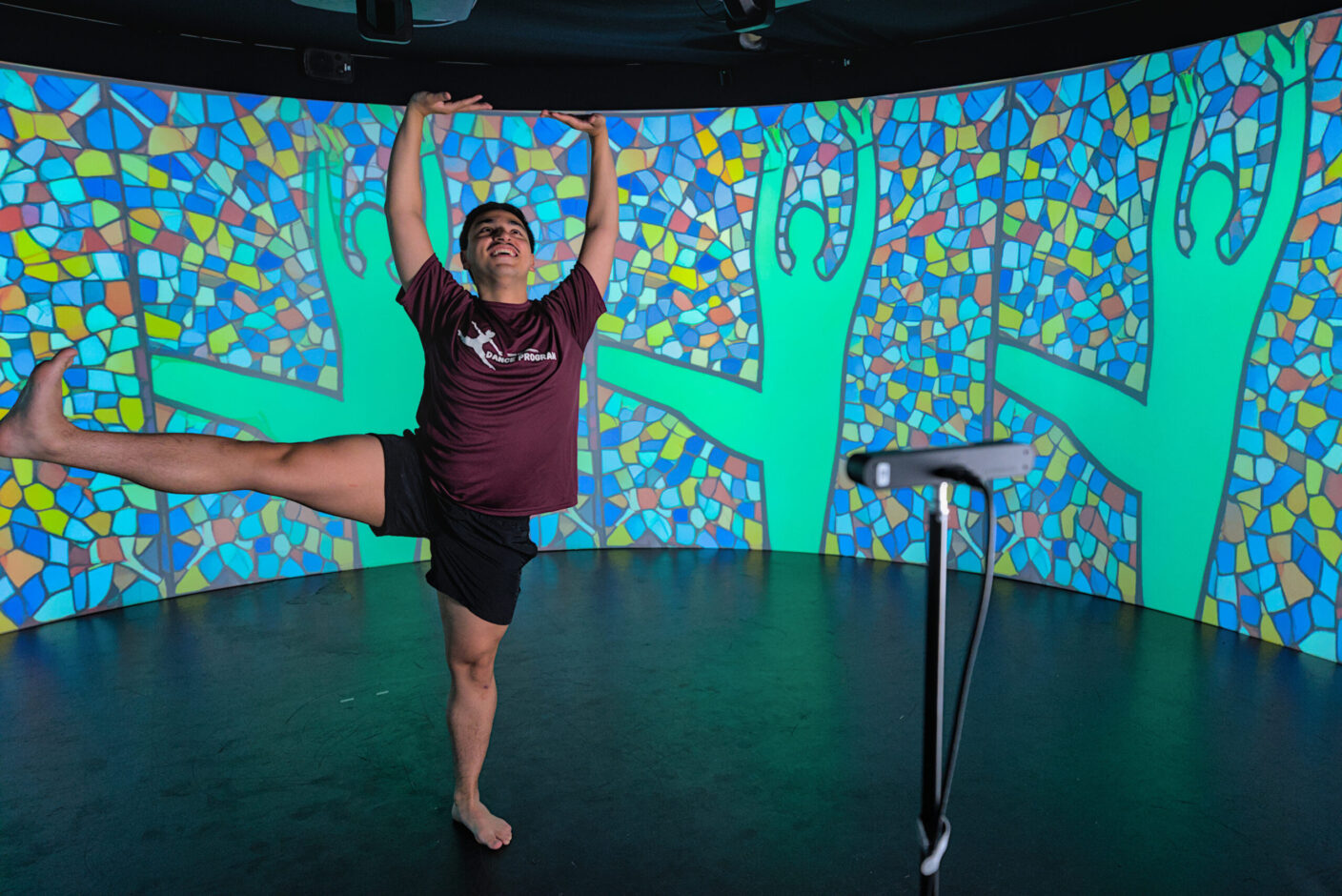New AI In The Arts Minor To Debut This Fall
The College of Performance, Visualization and Fine Arts will explore artificial intelligence’s usage and impact on artistic practices.

The Texas A&M College of Performance, Visualization and Fine Arts will add a new minor for the fall semester that explores artificial intelligence’s usage and impact on artistic practices.
AI in the Arts is a 15-credit minor that connects to the college’s artistic disciplines, but is open to all students, said Christine Bergeron, Ph.D., academic undergraduate program director and clinical professor for the Dance Science program.
“This is for creatives across the university,” she said. “It’s for anyone interested in how they create through AI.”
As with many facets of this technology, how generative AI can affect the arts is a hotly debated topic. This ongoing discussion includes artists’ rights; deepfakes; copyright and intellectual property laws; and how AI tools are trained.
A required course in the new minor — AI, Ethics and Social Impact in the Arts — will examine the issues that surround AI in artistic practices.
Bergeron said AI will not be taught as something that replaces the work of an artist, but rather how to utilize it as a way to spark ideas.
“AI shouldn’t be the voice,” Bergeron said. “One thing about being an artist and creating work is that it’s about our experiences in the world. It’s about our research that then is informed by our own experiences. So, if you take that human element away, you’re taking away a huge piece of it. So, we are teaching AI as a tool — it’s just another way to begin.”
Jinsil Hwaryoung Seo, Ph.D., director of the Institute for Applied Creativity and associate professor in Visualization, will teach the Introduction to AI in the Arts course. Students will explore how AI technologies can be used as tools across visual arts, music, performance and design, and develop awareness of AI’s ethical, cultural and societal impacts.
“What makes this course truly special is its emphasis on interdisciplinary collaboration and real-world creative experimentation,” Seo said. “The course also addresses important conversations about AI bias, authorship and the evolving role of the artist in a tech-driven world. It’s not just about learning AI — it’s about shaping the future of art with it.”
Students can choose two electives in AI courses in visual arts, dance composition, music and interactive design. A capstone course features a project in which students will use AI in an artistic area of interest.
“This minor was made to allow students to have that flexibility of how they want to integrate AI into what they’re studying or practicing,” Bergeron said. “The courses are inclusive of all of the arts in the college, and we anticipate adding more courses to it in the future.”
Given the speed at which AI is growing, the coursework instruction and guidance will change along with it, Bergeron said.
“This minor will evolve, just like AI will evolve,” she said. “We will need to constantly update our courses because AI is moving so quickly. This minor will put our students on the forefront of AI technology, where they lead the way in how we utilize it and how they produce work.”